Visual interpretation Worksheets for Ages 7-9
10 filtered results
-
From - To
Enhance your child's learning experience with our engaging Visual Interpretation Worksheets tailored for ages 7-9. These carefully designed worksheets focus on improving critical thinking, observation skills, and the ability to analyze visual information. Featuring a variety of fun, interactive activities, kids will explore graphs, charts, and illustrations to develop their comprehension and reasoning abilities. Perfect for reinforcing classroom learning or encouraging independent study at home, our resources help children build a strong foundation in visual literacy. Discover the joy of learning and watch your child thrive as they interpret and analyze the world around them! Start exploring today!


Bugs Tally Worksheet
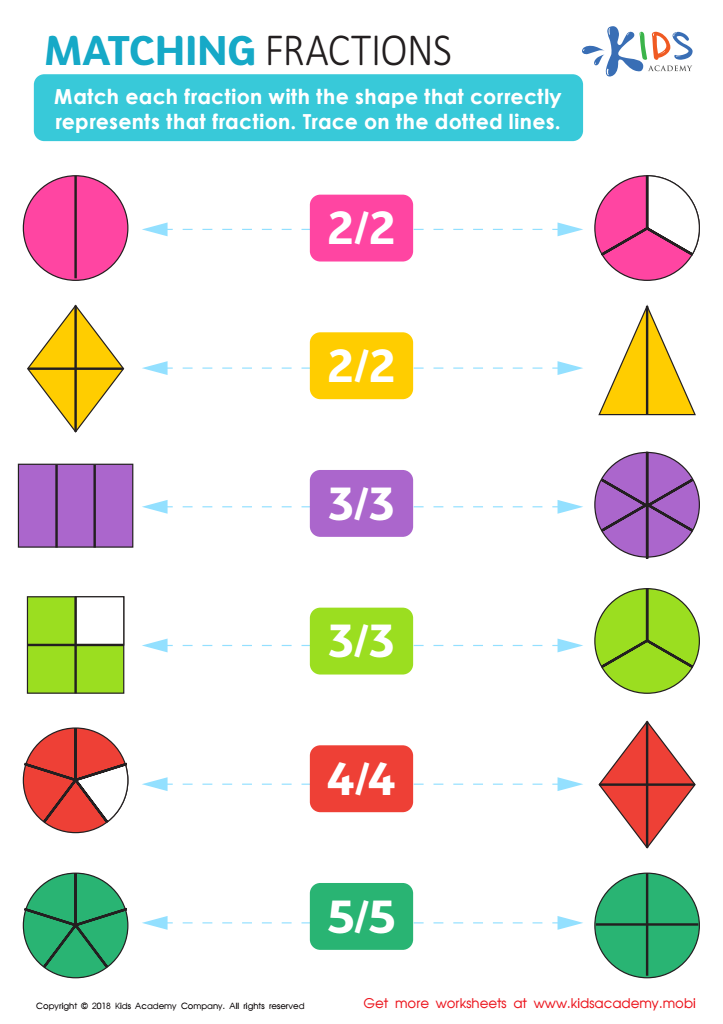

Matching Fractions Worksheet
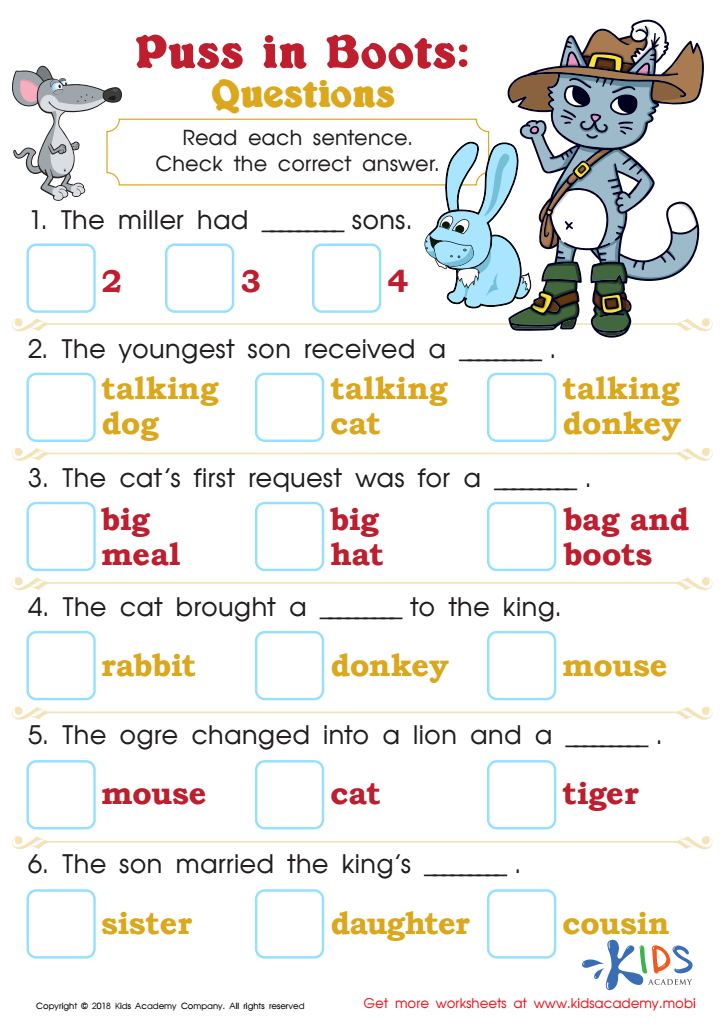

Puss in Boots: Questions Worksheet
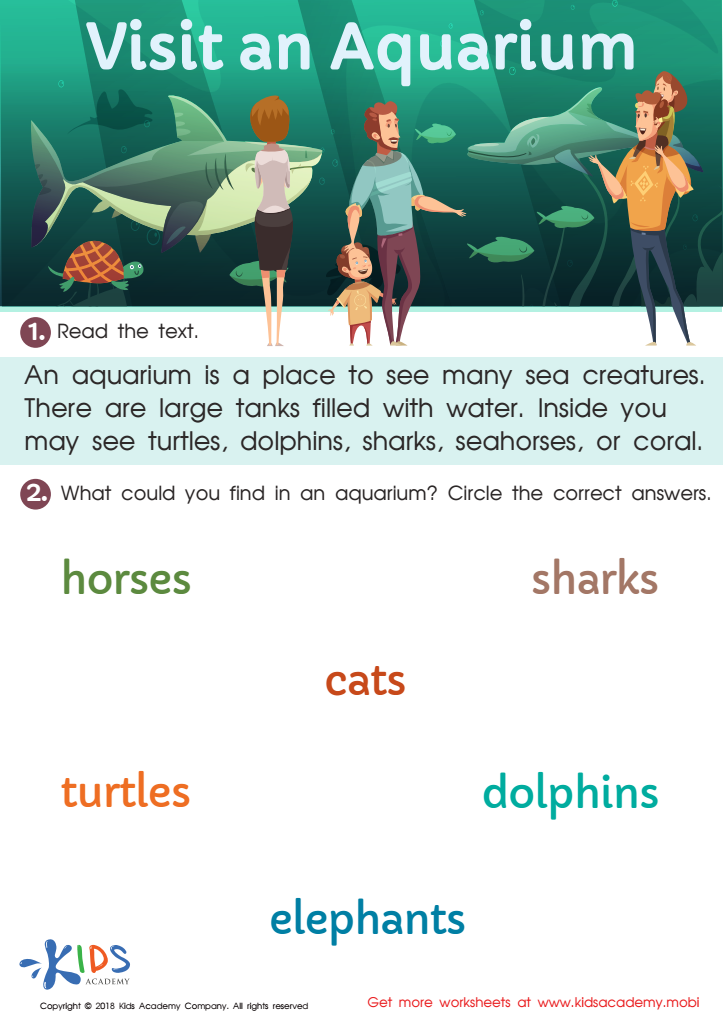

Visit an Aquarium Worksheet
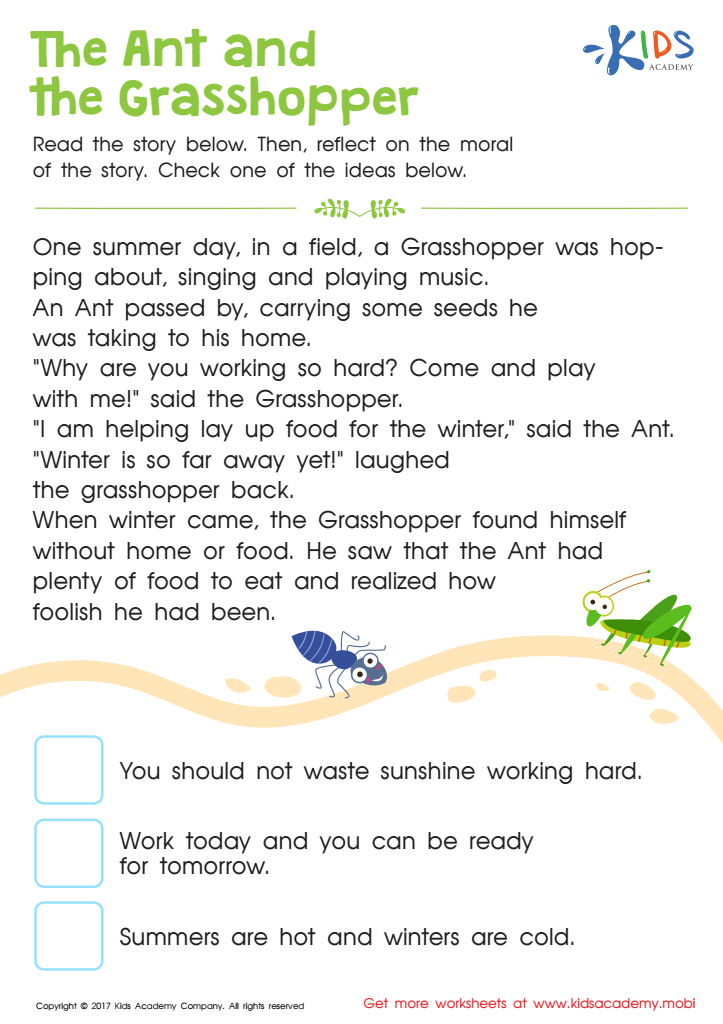

The Ant and The Grasshopper Printable
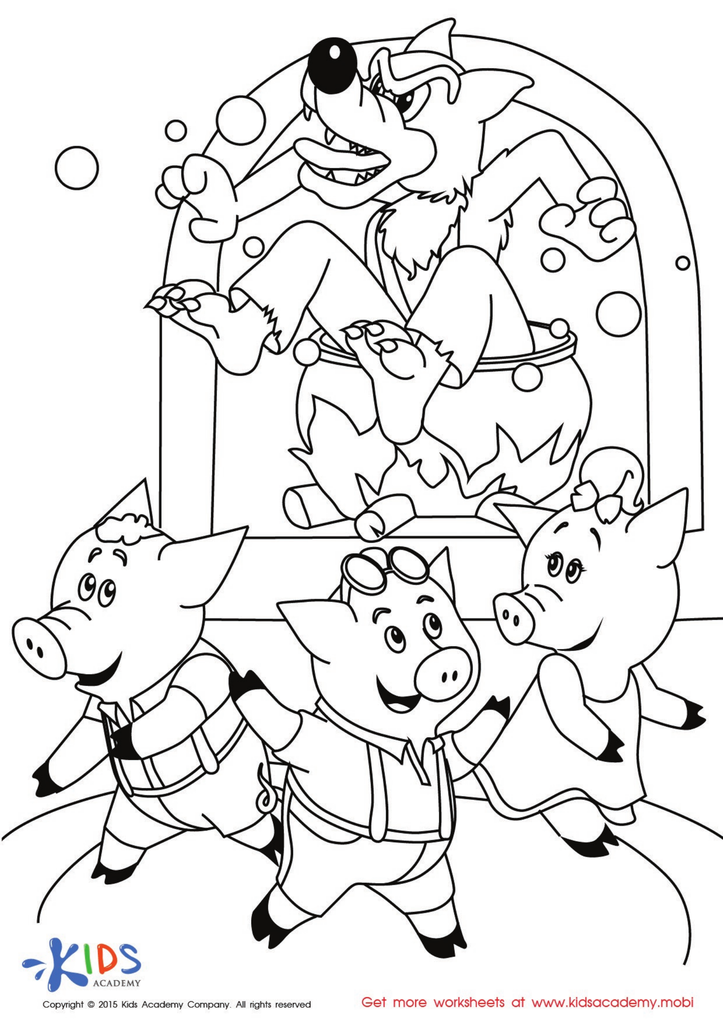

The Three Little Pigs and The Big Bad Wolf Printable
Visual interpretation is a crucial skill for children aged 7-9, as it significantly impacts their overall development and learning. At this age, children are transitioning from early literacy to more complex cognitive processes, making the ability to understand and analyze visual information critical. Visual interpretation skills enhance reading comprehension, as students learn to decode images, graphs, and illustrations that accompany text. This skill also stimulates critical thinking, encouraging learners to infer meaning, draw conclusions, and connect prior knowledge with new concepts.
Moreover, visual interpretation fosters creativity and self-expression. Engaging with various visual materials—artworks, charts, or digital media—allows children to communicate their thoughts and emotions in diverse ways. This engagement builds confidence and promotes a growth mindset.
Teachers and parents play a vital role in nurturing these skills by incorporating visual elements into lessons and daily experiences. This can be achieved through art projects, storytelling with pictures, or interactive activities that invite children to interpret and respond to visual stimuli. By prioritizing visual interpretation, adults facilitate a richer learning environment that prepares children for both academic and real-world challenges, ultimately fostering well-rounded, informed individuals.
 Assign to My Students
Assign to My Students



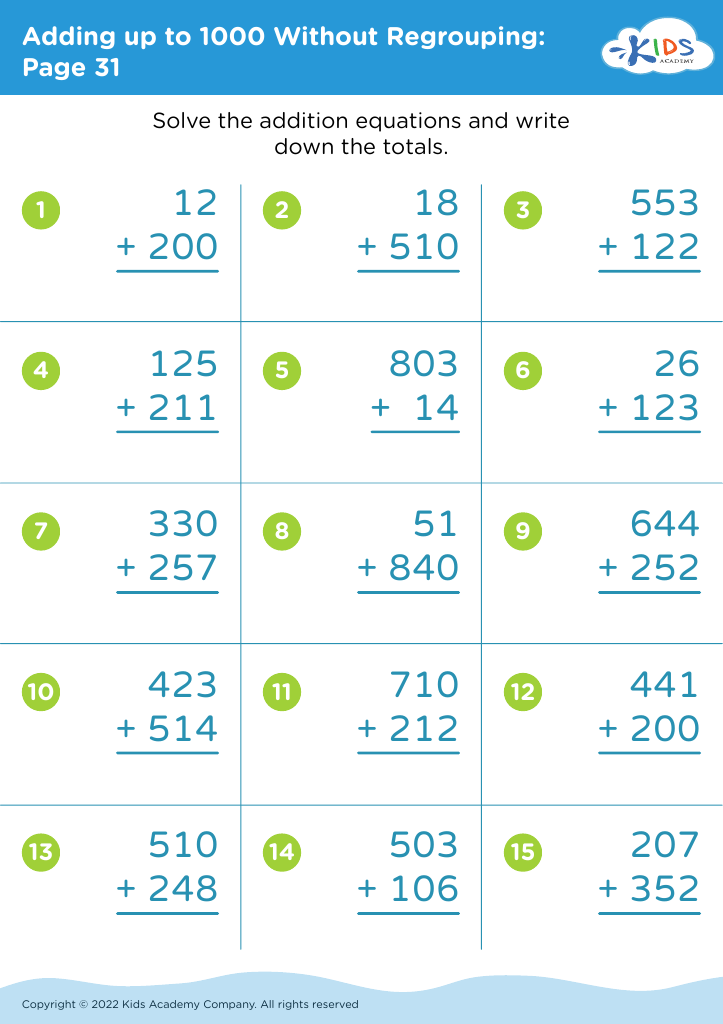

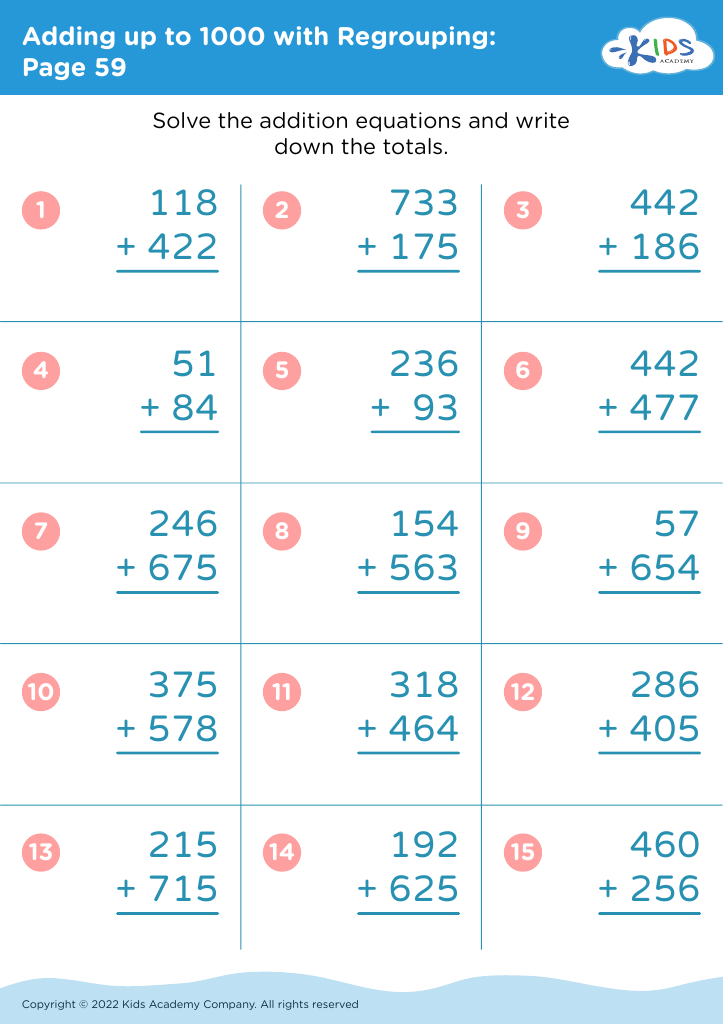




.jpg)














